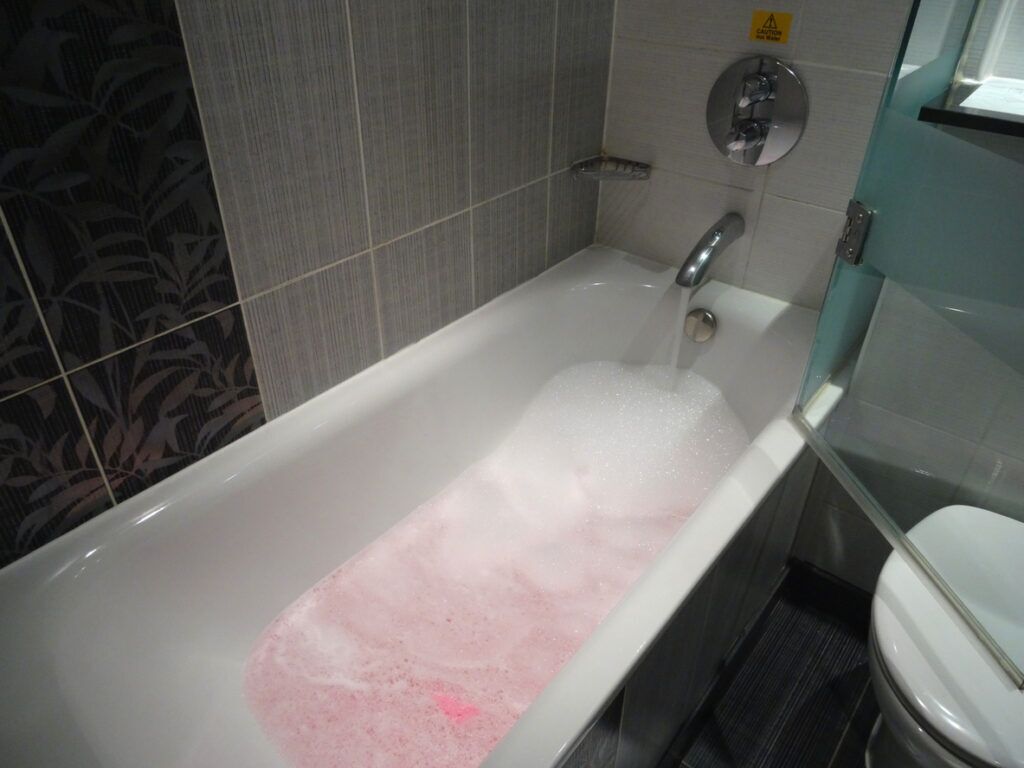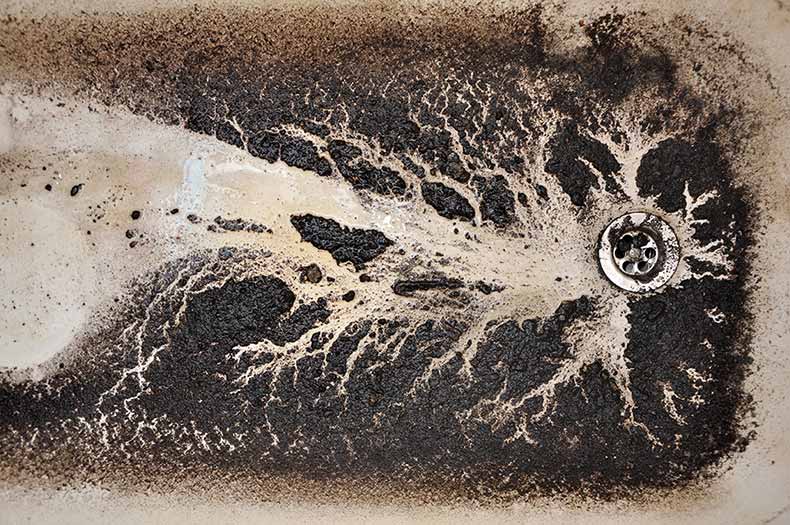My Guide to Drainage Emergence in the Bathtub
My Guide to Drainage Emergence in the Bathtub
Blog Article
Here in the next paragraphs you can get lots of incredibly good expertise about Why is There Sewage Coming Up Through the Bathtub.

Sewer backup in the bathtub can be a traumatic and unhygienic trouble for any homeowner. Not only is it troublesome, however it likewise presents significant health threats and shows underlying concerns with the plumbing system. Comprehending why sewer is turning up via the tub is important for taking proper activity to address the issue efficiently.
Intro to the Issue
Comprehending the Trouble
When sewer starts backing up into the bath tub, it's a clear sign of a problem with the drain system. The wastewater that needs to be flowing away from your home is instead discovering its back right into your space, which can bring about significant damage and carcinogen.
Prospective Causes
Numerous variables can contribute to sewer back-up in the tub. From clogs in the sewer line to problems with the plumbing framework, recognizing the origin is vital for discovering a remedy.
Common Reasons for Sewer Back-up
Clogs in the Drain Line
Among one of the most typical causes of sewer backup is an obstruction in the sewage system line. This can take place because of the build-up of particles, oil, or international things in the pipes, protecting against correct circulation and triggering sewer to back up into your bathtub.
Tree Root Intrusion
Tree roots looking for dampness and nutrients can infiltrate sewage system lines via small splits or joints. With time, these origins can grow and broaden, triggering substantial damages to the pipelines and resulting in sewer back-up issues.
Aging Facilities
Older homes may have dated plumbing systems that are a lot more susceptible to rust, fractures, and degeneration. As pipelines age, they become more prone to leakages and clogs, enhancing the chance of sewer backup incidents.
Heavy Rainfall or Flooding
During durations of heavy rainfall or flooding, the sewer system may come to be overwhelmed with excess water, causing backups and overflows. This can cause sewer supporting into bathtubs and various other components inside the home.
Wellness Dangers Associated with Sewer Back-up
Contamination of Water Supply
Sewage backup can pollute the water in your home, positioning a significant health risk to you and your family members. Exposure to contaminated water can result in stomach problems, skin infections, and other health problems.
Spread of Condition
Sewer has harmful bacteria, infections, and bloodsuckers that can cause a variety of conditions, consisting of liver disease, cholera, and gastroenteritis. Entering into contact with sewer or contaminated surface areas puts you at risk of infection.
Mold and mildew Growth
Dampness from sewer backup can develop optimal conditions for mold development in your house. Mold spores can exacerbate breathing troubles and cause allergies in sensitive individuals, making prompt cleaning essential.
Indicators of Sewage Back-up
Foul Odors
Unpleasant smells rising from drains pipes or fixtures, especially in the bathroom, may indicate sewer back-up concerns. These odors are typically strong and persistent, indicating a trouble that requires instant interest.
Slow Draining Fixtures
Tubs, sinks, and bathrooms that drain pipes gradually or not at all could be experiencing sewage backup. If several fixtures are affected at the same time, it's most likely that the problem stems from a common factor, such as the major sewer line.
Gurgling Noises
Strange gurgling or bubbling noises coming from drains when water is running somewhere else in your home are a measure of air trapped in the plumbing system. This air accumulation can result from sewer backup and should be explored quickly.
Immediate Actions to Take
Turning Off Water
In the event of sewer back-up, it's necessary to switch off the supply of water to stop further contamination and damage. Locate the primary water shutoff valve in your home and shut it off until the issue can be settled.
Getting In Touch With a Specialist Plumber
Managing sewer back-up is not a DIY job. Call a qualified plumber with experience in dealing with sewage-related concerns to analyze the scenario and carry out necessary repair work or cleanups.
Avoiding Contact with Infected Water
Until the sewage backup is solved, stay clear of contact with infected water to stop the spread of microorganisms and virus. Wear safety gear if you must remain in the affected location and wash your hands completely afterward.
Safety nets
Normal Maintenance of Sewage System Lines
Arrange routine examinations and upkeep of your drain lines to determine and attend to possible issues before they rise into significant troubles. This can include cleaning out debris, inspecting for tree origin intrusion, and repairing any damaged pipes.
Installing Backwater Shutoffs
Consider setting up backwater shutoffs in your plumbing system to stop sewer from receding right into your home during periods of heavy rainfall or flooding. These shutoffs automatically close when water starts backing up, protecting your residential property from contamination.
Proper Disposal of House Waste
Avoid flushing anything aside from toilet paper and human waste down the toilet to stop obstructions and obstructions in the sewer line. Dispose of grease, oil, and other family chemicals appropriately to lessen the risk of plumbing problems.
Cleaning Up After Sewage Backup
Disinfection Procedures
Completely decontaminate and disinfect impacted areas after sewer backup to eliminate harmful bacteria and avoid mold and mildew growth. Use proper cleansing items and safety equipment to make sure safe and efficient cleanup.
Restoration of Impacted Locations
Repair any type of damages to flooring, walls, or components triggered by sewage back-up. Relying on the level of the damage, you might require to replace carpets, drywall, or other materials to restore your home to its pre-loss problem.
Why Is Water Backing Up in My Bathtub When I Flush My Toilet?
What to do about a sewer line clog
First, don’t bother with plunging. No amount of plunging will dislodge the clog in a sewer line. The clog is too far away. Plungers are for clogs in the toilet itself, not the sewer line. Plus, the most likely causes of a sewer clog are:
Tree roots Flushed toys or feminine products Grease buildup Those items don’t move easily. And in the case of tree roots, the roots need to be cut out of the pipe and the pipe will need to be repaired.
You’ll need a closet auger. A closet auger is a type of plumber’s snake with a protective cover to keep from scratching the delicate porcelain toilet. If the clog is further down, you may need to remove the toilet or use one of your cleanouts to get to the clog.
We also recommend doing a video inspection of the drain to ensure that the cause of the clog has been completely removed. Otherwise, you could have the same problem again in a few days or weeks.
https://mspplumbingheatingair.com/blog/why-is-water-backing-up-in-my-bathtub-when-i-flush-my-toilet

Hopefully you enjoyed reading our excerpt about What To Do If Sewage Starts Backing Up Into the Shower. Thank you so much for taking a few minutes to read our blog. In case you appreciated our article kindly consider to share it. Thank you so much for going through it.
Go Services
Report this page